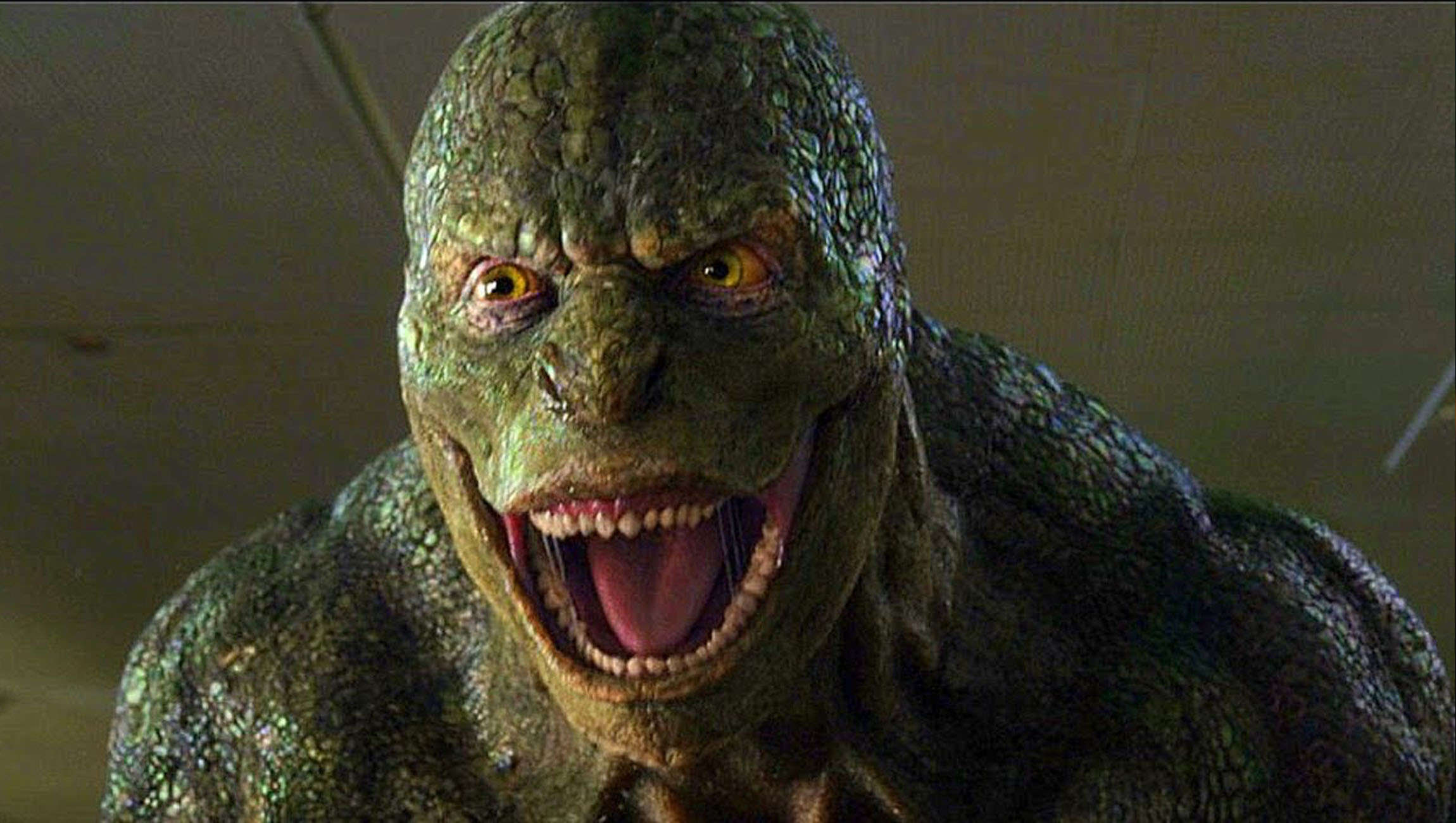Create a free profile to get unlimited access to exclusive videos, sweepstakes, and more!
An ancient dinosaur relative is also related to humans—and its DNA may hold the secret to living longer

The tuatara is old. 250 million years old. That was when this bizarre creature shared its last common ancestor with other reptiles before it evolved further and diverged. It used to be one of of several Rhynocephalia species that crawled across the antediluvian continent of Gondwana, but is now the only one that remains. Its genome links it not only to reptiles (which it most obviously resembles), but also birds and yes, mammals like humans. DNA from this living relic could also be the elixir of life.
"We found out when the tuatara diverged with evolutionary dating, using the amount of genetic change that has occurred between tuatara and its nearest relatives," Neil Gemmel, a professor of anatomy at the University of Otago in New Zealand, who led a study recently published in Nature, told SYFY WIRE. We can calibrate the level of change over time against established genetic splits across the tree of life that have been established from the fossil record and key geological events.”
Amniote vertebrates—which either hatch from eggs or develop from an egg in the placenta—are thought to have first appeared 312 million years ago and then branched off into two groups. Synapsids included early mammals and now-extinct reptiles with mammalian characteristics. Sauropsids were once dinosaurs and other reptilian ancestors that have since died out and were replaced with or evolved into birds or lizards, snakes and other extant reptiles. The tuatara has baffled scientists for so long because of synapsid and sauropsid features that could reveal what we never knew about amniote evolution.
Sauropsid and synapsid advantages of tuatara range from extreme night vision to a sense of smell that could identify potential mates just as well as potential prey. It makes you wonder whether this lizard-thing was the result of a superpowered serum.
Tuatara have one of the largest vertebrate genomes ever. There are many repeating elements that are unique to the tuatara, which became an entire phylum of its own after it diverged from snakes and lizards. It shares parts of that genome with turtles, chickens and even humans. Stranger still is that the types of repeating elements in tuatara DNA are closer to mammals than birds or lizards. It has evolved specialized genes for immunity, thermal regulation, odor reception and metabolism.
You can probably see where this is going. Replicating such strong MHC genes in humans could save lives in the future.
Understanding the tuatara’s extremely low metabolism and Methuselan longevity could possibly help us extend the human lifespan. Tuatara can live past a hundred years, which makes them the longest-lived reptiles next to some species of tortoise, and there may be a link to certain proteins in its system along with genes that protect them from free radicals. Major histocompatibility (MHC) genes mean that its tissues are compatible with those of many different individuals without an immune response. Could that make living to at least a hundred a thing for humans?
“What we currently know is that tuatara have a few more genes than others species that are known to be protective against DNA damage and cellular aging from work in other systems," said Gemmel. "It therefore seems possible that these gene products may contribute to tuatara’s longevity, though it would take quite a bit of work to test if these are indeed protective against ageing. Iff they are there, maybe there will be prospects to develop these into supplements of drugs intended to protect against aspects of aging."
Whatever the tuatara is, it is a window into the deep past that could unlock amazing advances for the future.


























